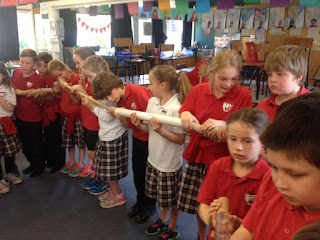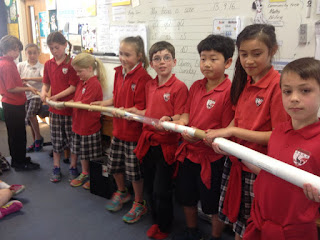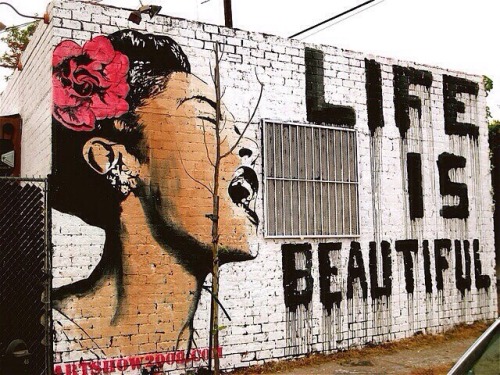The ideas, customs, and social behaviour of a particular people or society.
The arts and other manifestations of human intellectual achievement regarded collectively.
In the school setting Ladson-Billings (1994) highlight that Culturally Responsive Teaching is a pedagogy that recognizes the importance of including students' cultural references in all aspects of learning.
Gay(2001, cited in Gaye, 2010) identified five elements for effective culturally responsive teaching as;
Knowledge about cultural diversity
Culturally integrated content in the curriculum
Development of the learning community
Ability to communicate with culturally diverse students
Culturally responsive delivery of instruction
Gay (2010) suggests that culturally responsive teaching provides a better understanding of the specific cultures of different ethnic groups. It allows teachers to look at; learning behaviors, classroom interactions, and how instruction can be changed to embrace these differences.
The video ‘Introduction to Culturally Relevant Pedagogy’ indicated good teaching of culturally responsive pedagogy builds on students prior cultural knowledge making connections between what is known and what is to be understood. Teachers need to consider that students are not mere representatives of a cultural ethnic group and first and foremost they’re individual students who have individual needs and interests.
My school community has changed after the Christchurch earthquakes and our roll dropped from 420 students to 189 as families relocated. New families from different parts of Christchurch, wider New Zealand and also internationally are now joining our community as the Redcliffs’ suburb recovers which is making the school more culturally diverse.
Although the majority of children at Redcliffs School are European we have an active and prominent Kapa haka group which is widely respected in our Bays Schools Cluster. Approximately 80 students, of all year levels belong to the group. There is a regular hui held for parents and whanau of our Maori students. The purpose is to discuss the achievement and educational success of our students identified as Maori, and to address the school’s commitment and honouring of Maori culture. All children learn a basic level of tikanga and te reo maori at Redcliffs School. The principles of the Treaty of Waitangi and the bicultural foundations of Aotearoa New Zealand are acknowledged in schoolwide programmes.
Redcliffs School sets a curriculum plan that reflects New Zealand’s cultural diversity, and values the histories and traditions of all people. Aspects of the school’s proud local history, and recognition of the cultures represented within the school community are tried to be included.
Our school wide activities are a real strength as we cater for a variety of inclusive programmes for the different learners at our school. The parent community is regularly consulted and informed through newsletters, surveys, parent meetings, open forums, information evenings, and social activities. Goal-setting and learning conferences are held twice yearly, and parents receive written reports on their children’s progress twice yearly.

An area that needs improving is our communication methods for sharing children’s learning. We currently use Ultranet and blogging in some of our class spaces to strengthen home-school partnerships. Currently not all teachers blog regularly so parents of children who are in different classes/teams receive different experiences about their children’s learning. We have started to address these issues by investigating the use of SeeSaw at our school to improve communication. Parents of children at neighbouring schools have responded positively to the learning that has been shared via this application.
References:
Gay,G. (2002). Preparing for culturally responsive teaching. Journal of Teacher Education, 53(2),106-116.
Gay, G. (2010). Culturally responsive teaching: Theory, research, and practice. Teachers College Press.
Ladson-Billings, G. (1994). The dreamkeepers. San Francisco: Jossey-Bass Publishing Co.
Teaching Tolerance.( 2010, Jun 17). Introduction to Culturally Relevant Pedagogy.[video file]. Retrieved from https://www.youtube.com/watch?v=nGTVjJuRaZ8
















